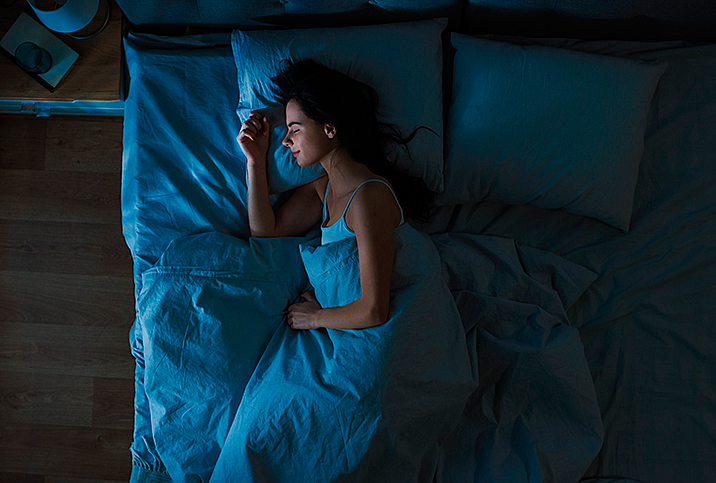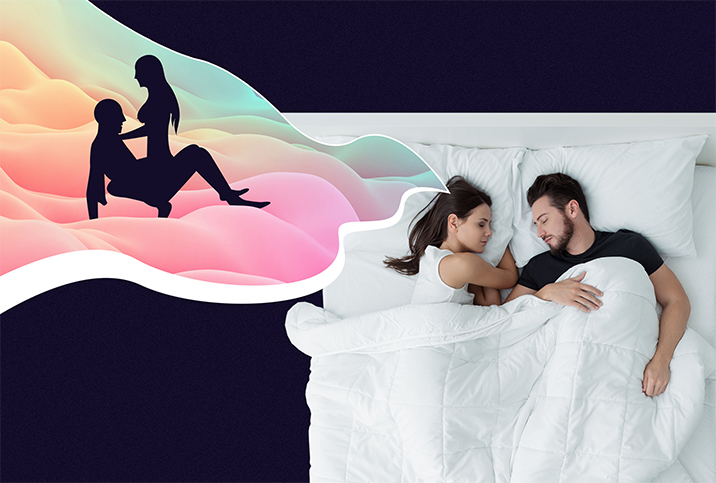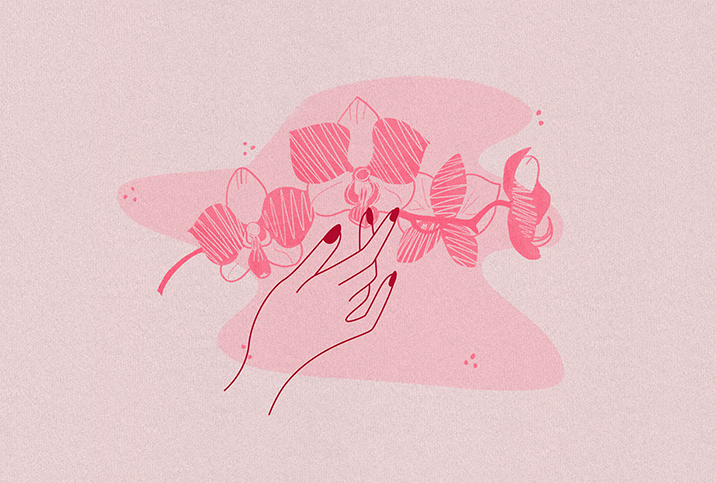The Psychology of Wet Dreams for Women

By definition, wet dreams are when someone of either sex orgasms involuntarily while asleep, without any conscious manual stimulation. While male wet dreams result in ejaculation, female wet dreams typically result only in an orgasm.
Though not as common, sleep orgasms in women still occur. Strangely, it's more common for women to have sleep orgasms later in life, after 30, possibly because it's easier to reach orgasm with experience and age.
Porn, meds or both?
According to Tatyana Dyachenko, a relationship expert, psychologist and sex therapist, sleep orgasms in women occur when they're most relaxed.
"It's believed that they happen because the body is in a relaxed state whilst we sleep, which means there is an increase of blood flow to certain areas of the body," Dyachenko said. "Combine that increased blood flow, especially to the genital area, with an erotic dream and the likelihood is a sleep orgasm. Going to bed relaxed has also been known to increase the chances of experiencing one."
Dyachenko said watching porn or a sexy movie or enjoying other types of arousing media before bed could also increase the chances of a woman having a wet dream. Aside from the seemingly obvious with regard to watching porn or engaging in sexual activity before bed, another reason a woman may experience an orgasm during sleep could be medication.
There have been studies on drug-associated spontaneous orgasm (DASO) events, including one from 2018, which looked at antidepressants and antipsychotics used to treat depression, and also another from 2014 involving the medicine rasagiline, which may modify the progression of Parkinson's disease.
A seemingly more mundane possibility could be because of a full bladder during a sexually charged dream.
A safe environment in which to orgasm
By Freudian logic, our subconscious prompts sleep orgasms, but experts aren't sold on that theory. Jess O'Reilly, Ph.D., said women could experience sleep orgasms because of an innate need to release sexual tension or repressed desires—but it is not necessarily the case.
"These are just theories," O'Reilly said. "Research reveals that sex dreams are not very common. The disparity between the incidence of sex dreams versus sexual thoughts suggests that dreams may not really be a reflection of daily thoughts and desires. Our sex dreams also don't always reflect our real desires—sometimes we dream about people and scenarios that really don't turn us on."
For example, you might dream about having sex with someone you barely know, even though you've never had sexual thoughts about them while awake.
"You relinquish inhibitions, pressure, responsibilities, gender roles and other expectations when you sleep," O'Reilly said. "Some research suggests that sex dreams might be the result of heightened dopaminergic systems in conjunction with weakened prefrontal regulatory systems. This theory suggests that our prefrontal cortices help to control our sexual desires while we're awake, but as this system gears down during the sleep cycle, our reward centers make way for dreams."
Dreamers are provided a safe environment in which to experience aversive or rewarding stimuli (like orgasms), which they may not be able to access when they're awake.
Some women don't like being caught by surprise, but women who are prone to wet dreams shouldn't be concerned unless it causes discomfort or insomnia. In 2018, a study published in the Journal of Clinical Sleep Medicine found one case in which a 57-year-old woman's sleep orgasms were greatly affecting her sleep. In addition to spontaneous orgasms, this patient also experienced hypnic jerks and exploding head syndrome (EHS), which could have also contributed to her sleep disruption.
Most sleep orgasms are harmless, but if they arouse you from sleep and cause discomfort, consult a doctor or sex therapist to discuss your concerns.


















